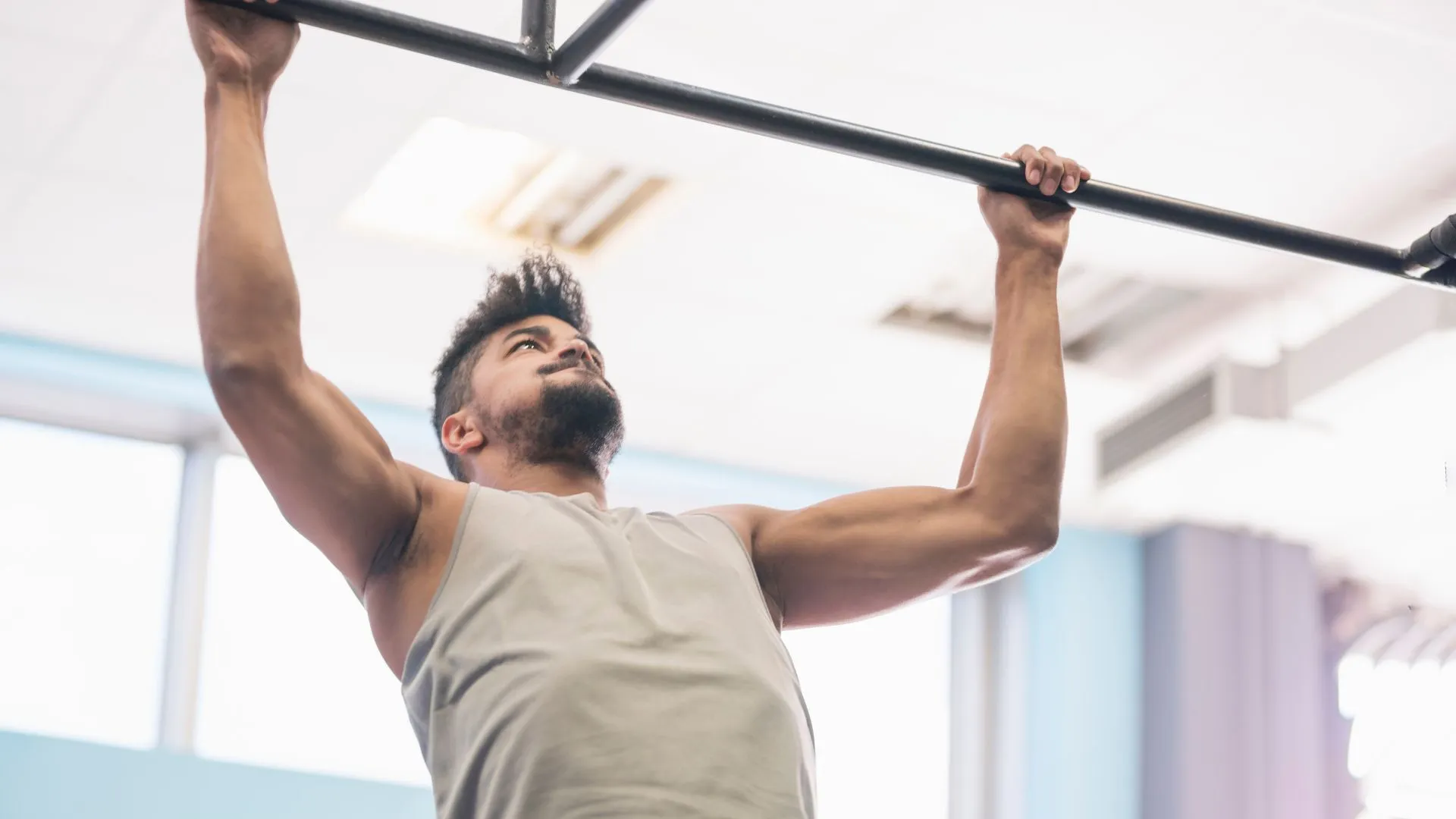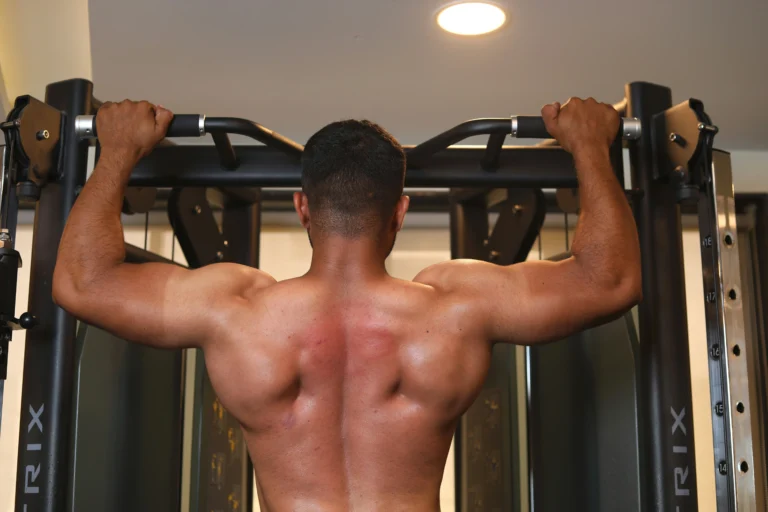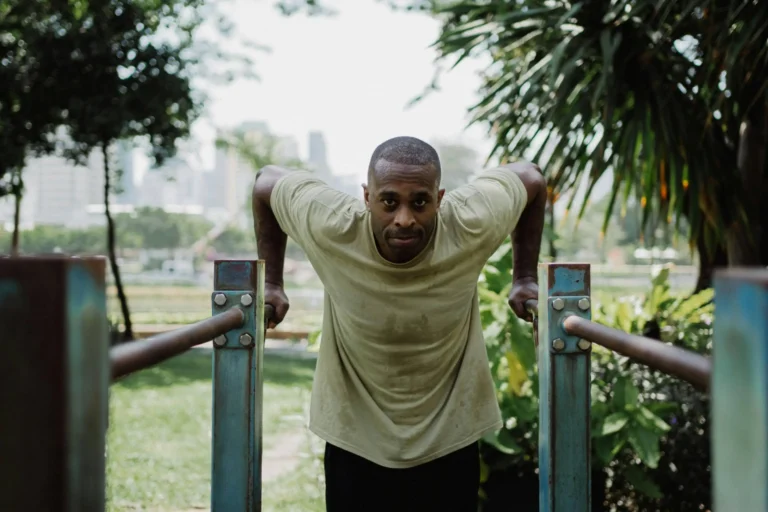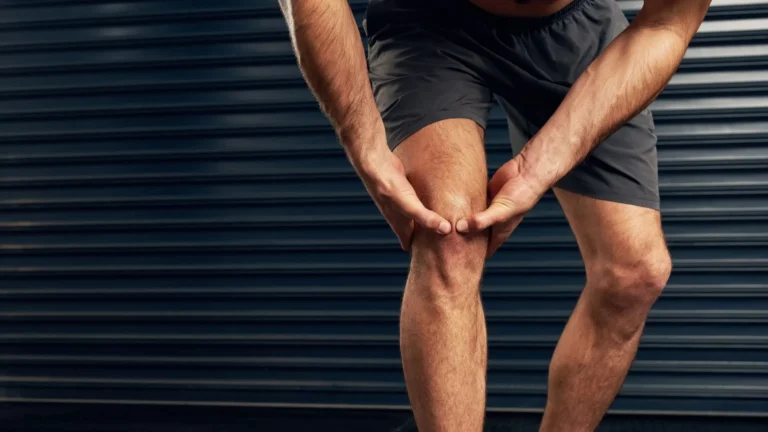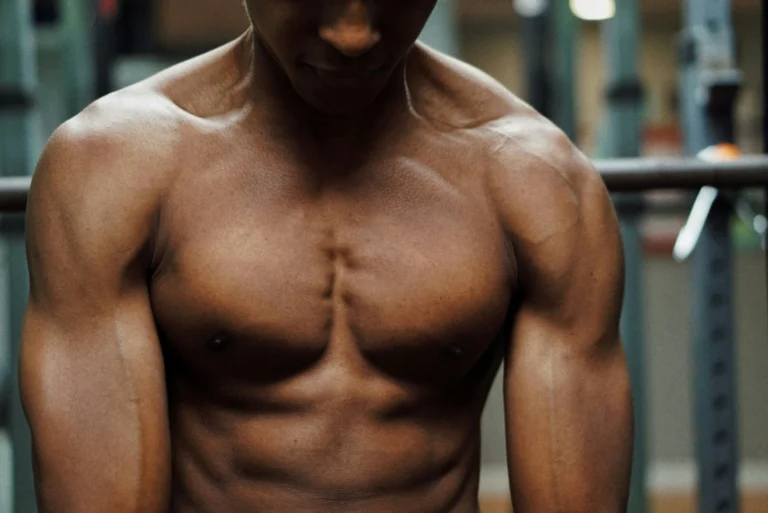Are Pull Ups Harder If You Have Long Arms? 5 Shocking Facts Revealed
When you’re grinding through another set of pull-ups and wondering why it’s so tough, you might start asking yourself a question that plenty of others do too: are pull ups harder if you have long arms? It’s a fair question, especially when you see others flying up the bar while you’re struggling to get your chin over it. Let’s break down the truth and figure out how much your arm length really matters.
Understanding Pull-Up Mechanics
To answer whether pull ups are harder if you have long arms, you first need to understand what’s really happening during the movement.
What Muscles Do Pull-Ups Work?
Pull-ups target several major muscle groups:
- Latissimus dorsi (lats): These are the large back muscles responsible for most of the pulling motion.
- Biceps: Your arms are doing more work than you might think.
- Trapezius and rhomboids: These upper back muscles assist in scapular movement.
- Core stabilizers: Your core helps keep your body aligned and stable.
Factors That Affect Pull-Up Difficulty
It’s not just about strength. Other factors that affect pull-up performance include:
- Body weight
- Muscle endurance
- Grip strength and width
- Arm length and shoulder mobility
This last point is crucial for answering the core question: are pull ups harder if you have long arms?
Long Arms and Pull-Ups: What’s the Connection?
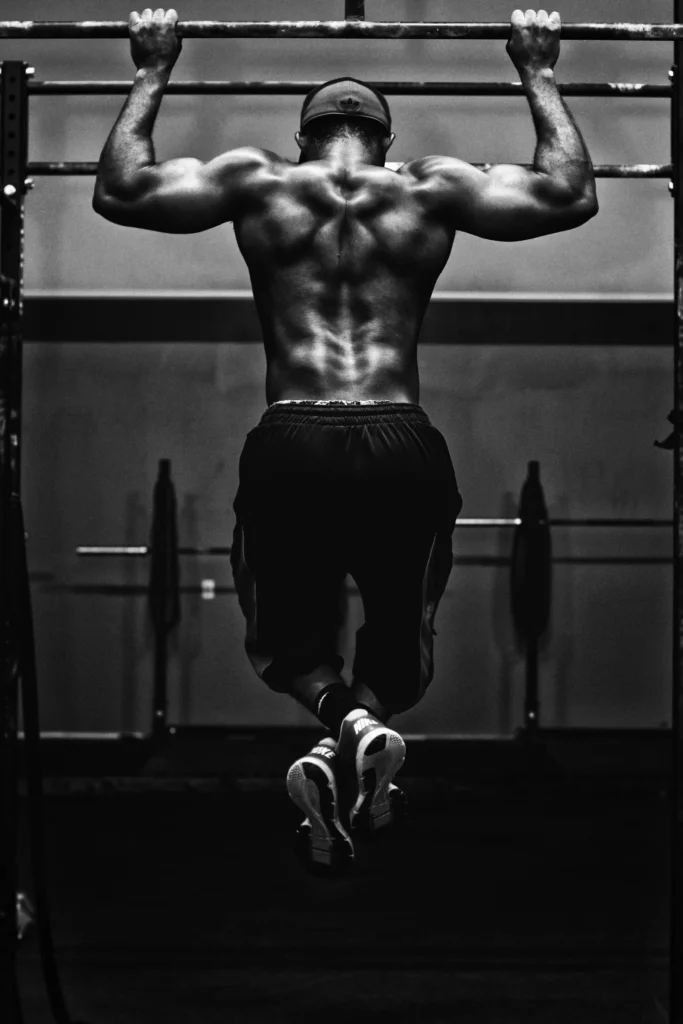

Here’s where things get interesting. Arm length plays a significant role in the mechanics of your pull-ups.
How Arm Length Affects Pull-Up Difficulty
When you have long arms:
- You travel a longer distance from a dead hang to chin-over-bar.
- More range of motion = more time under tension.
- Your body has to overcome more leverage.
Here’s a quick comparison:
| Trait | Short Arms | Long Arms |
|---|---|---|
| Range of Motion | Shorter | Longer |
| Time Under Tension | Less | More |
| Mechanical Disadvantage | Low | High |
So yes, pull ups are harder if you have long arms, at least from a biomechanical perspective.
The Science Behind Leverage and Biomechanics
Longer limbs mean a greater distance from the point of force application (your muscles) to the axis of rotation (your shoulder joint). In simple terms, you’re working with a longer lever, which requires more force to move. Think of it like lifting a weight at the end of a broomstick versus close to your hand—harder, right?
Real-World Examples and Case Studies
You might be surprised to learn that many elite athletes with long arms dominate in upper-body strength sports.
Do Tall Athletes Struggle More?
Athletes like rock climbers and gymnasts often have long arms and still excel at pull-ups and muscle-ups. The key difference? They’ve adapted their training to overcome the mechanical disadvantages.
The Role of the Ape Index
Your Ape Index (arm span minus height) can give you insight:
- Positive Ape Index (longer wingspan): Typically more challenging for pull-ups
- Negative Ape Index: May require less range to complete the movement
But even if your arms are longer, it doesn’t mean you’re doomed to struggle forever. It just means you need a more strategic approach.
Tips to Overcome Pull-Up Challenges With Long Arms
If you’re wondering why pull ups are harder if you have long arms, here’s how to fight back with effective strategies.
1. Adjust Your Training Approach
Start smart and build gradually:
- Use resistance bands for assisted pull-ups.
- Try eccentric pull-ups—jump up and slowly lower down.
- Perform isometric holds at the top of the bar to build time under tension.
2. Strengthen Supporting Muscles
Train the muscles involved in the pull-up more directly:
- Lat Pulldowns (focus on full range of motion)
- Bodyweight Rows (inverted rows)
- Bicep curls and forearm grip work
3. Master Your Technique
Good form can minimize mechanical disadvantages:
- Use a slightly wider grip to reduce range of motion
- Keep your core tight and body straight
- Engage your shoulders first before pulling
4. Use Progression Programs
Try a 6-week plan designed for long-armed athletes:
Weeks 1–2: Foundation
- Dead hangs (3 sets, 20–30 sec)
- Assisted pull-ups (3 sets of 6–8 reps)
Weeks 3–4: Build Strength
- Eccentric pull-ups (3–5 sec descents)
- Lat pulldowns (4 sets, 8–12 reps)
Weeks 5–6: Full Pull-Ups
- Negative pull-ups + unassisted attempts
- Isometric top holds (10 sec x 3)
Myths vs. Facts: Are Long Arms Really a Disadvantage?
Let’s clear up some common misconceptions about limb length and pull-up ability.
Myth 1: Long arms make pull-ups impossible
Fact: They make it more challenging, not impossible. Your muscles adapt with the right training.
Myth 2: Taller people can’t be good at pull-ups
Fact: Plenty of tall athletes excel at pull-ups. It’s all about targeted training and consistency.
Myth 3: Limb length matters more than strength
Fact: Strength and technique can offset limb length disadvantages.
Frequently Asked Questions (FAQ)
Are pull ups harder if you’re tall?
Often, yes. But height isn’t the only factor—your arm length, technique, and strength level all play a role.
How can I improve pull-ups with long arms?
Focus on:
- Eccentric and assisted variations
- Strengthening your back and arms
- Practicing form and grip control
Does arm length matter more than weight?
Both matter. Long arms increase range of motion, while more weight increases resistance. Together, they make pull-ups harder but not unachievable.
Can I still master pull-ups with long arms?
Absolutely. It might take a little longer, but you’ll get there with smart training.
Final Verdict: Is Having Long Arms a Setback for Pull-Ups?
So, are pull ups harder if you have long arms? Yes, they can be. Your body travels farther, your muscles work harder, and your mechanics need to be spot-on. But that doesn’t mean you can’t crush pull-ups.
You just need a smarter game plan. Use band-assisted reps, focus on negatives, strengthen the right muscles, and stay consistent. Long arms may make things tougher, but they don’t define your limits—they just redefine your approach.
Ready to Take the Challenge?
If you’re serious about conquering your pull-up game, it’s time to stop making excuses and start making progress. Whether your arms are long or short, your success depends on how you train—not how you’re built.
Want more guidance? Check out our free 6-week pull-up plan specifically tailored for long-limbed athletes. Let’s turn your biggest challenge into your greatest strength!

